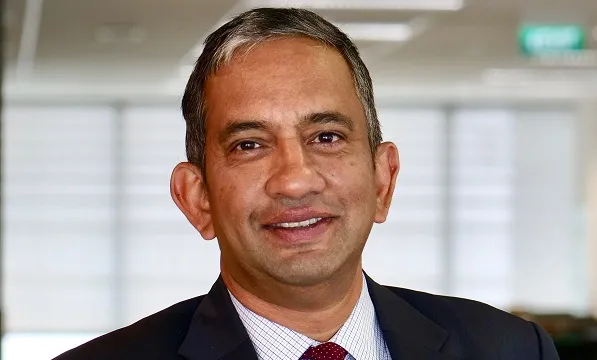
Vena Energy grows renewables portfolio to 11GW
It eyes adding more projects in massive Asian energy markets like South Korea, Japan, and India.
In the span of seven years, Asian independent power producer (IPP) Vena Energy has grown its portfolio capacity from 92MW in 2012 to 11GW in 2019 spread across several landmark solar and wind projects in various phases of development. This year, the IPP was able to build the 70.2MW Mingus Solar Project in Taiwan’s Chiayi County, which is now the country’s largest ground-mounted solar project.
In an interview with Asian Power, Vena Energy CEO Nitin Apte shares his strategies that is leading the company to its key projects, milestones that the company has reached, as well as forays into Asia’s power giants, South Korea, Japan, and India.
Can you tell us about your experience that led you to become CEO of Vena Energy?
Prior to joining Vena Energy last year, I had been associated with businesses around the world in the specialty materials industry – for GE, SABIC and most recently as President and Chief Executive Officer of Materia, a specialty materials company.
Apart from the fundamentals of running a business, which have been quite translatable to the renewables, the most relevant experience I have brought to Vena Energy is to scale a growth business – to integrate a loosely collected set of diverse country platforms focused on the development of solar and wind farms into a sustainable growth leader in renewable energy across the Asia Pacific region.
What strategies have you employed to drive Vena Energy to success over the years?
Since I was appointed as CEO in 2018, we have been busy expanding our portfolio with a 45% increase in operating capacity and integrating our capabilities across the region – leveraging the unique strengths we have in each of the nine countries where we have a presence, to be an integrated growth engine.
This has meant using our well-established capabilities of developing projects locally, from initial concept through to construction with local management teams, to provide expertise in origination, development, land acquisition, grid assessment, permitting, system design and investment feasibility; and utilizing our scale to drive synergies across the company as “One Vena”. This has yielded dividends in efficient procurement, best practice translation in project and construction management, operational efficiency and customized financing solutions.
What are you working on for the rest of 2019 and 2020?
Vena Energy is a development business – so we are always working on progressing projects through the pipeline and calendar years don’t really matter! Currently, we have several projects that are in construction in Japan – continuing our growth in solar and adding our first Japanese onshore wind projects that are about to commence construction.
We are also adding to our robust wind portfolio in India with construction commencing for 97MW in Amreli, Gujarat. In other parts of Asia, we have advanced projects that will go into construction in the coming months – including our first energy storage projects in Australia. This activity requires us to recruit and develop talent and so we are constantly on the lookout for high energy individuals who want to come join the Vena Energy team!
What were your company's milestones for the past 9-10 years?
We started out in 2012 with just 10 solar projects totalling 92MW in Thailand. Fast forward to 2019, we have grown to 11GW of solar and wind assets in operation, construction and various stages of development across the Asia-Pacific region.
The commissioning of the 132MW Pollo Solar Project in 2016 was a significant milestone, as it was—and still is—the largest ground-mounted solar project in the Southeast Asia region. In 2017 we commissioned what was back then the largest ground-mounted solar project in Taiwan, the 5MW Davis Solar Project. It has since been dwarfed by the recently commissioned 70.2MW Mingus Solar Project in Chiayi County.
Our team in Japan grew to over 100 associates as we have built 15 solar plants using our own engineering and construction management teams and operate them with an internal staff of operations and maintenance professionals.
We reached financial close for the 127MW Tailem Bend Solar Project in Southern Australia in 2018, and it was commissioned the following year in 2019. This year we also completed our first projects in Indonesia with 114MW across five solar and wind assets including the impressive Tolo wind farm in South Sulawesi.
We opened an office in Seoul, South Korea, in October 2018 with an experienced team on the ground, and we have already added several projects to the pipeline.
What challenges has the company faced in terms of supplying power to its key markets?
We operate in nine jurisdictions across Asia Pacific and have been one of the renewable pioneers in many of these markets. This presents some unique local challenges that we need to creatively address.
For example, we experience adverse events such as typhoons, earthquakes and storms across some of our projects. Our operating teams are equipped to respond to these events in a safe and effective manner.
For example, our plants in North Japan have experienced record snowfall during the last two winters which could have impacted generation – however, our teams have deployed snow removal strategies such as expanding our fleet of owned and leased equipment as well as reinforcing our local O&M team with seasonal additions, all of which resulted in no material snow accumulation.
Being an early mover means we have had to develop supply chains and bring engineering, construction and financing capabilities together to execute projects. We have also had to work with regulators with permitting processes for many “firsts” such as land conversion. Given our breadth and scale, we have been able to bring learnings from each project we complete to the next one and address these challenges effectively.
What are the most important lessons you've learned from operating in huge (and crowded) markets like Japan and India?
Every market we operate in is unique to a large extent – Japan has had rapid growth in the solar sector while onshore and most recently offshore wind is starting to develop – and is transitioning from a feed in tariff regime to competitive tenders. On the other hand, India has been running central and state auctions in both solar and wind, with projects being significantly larger in size.
Hence, the most important lesson for us is to approach each market with a team that understands local regulations and can adapt to the conditions that allow us to develop and build the most competitive projects for that market. At the same time, we utilize our experience to bring best practices such as plant design, equipment selection and asset monitoring across all our projects.
What are your ambitions for Asia and what do you think are the key factors to achieve these?
We are one of the largest IPPs in Asia-Pacific and we are purely focused on clean renewable energy. Our ambition is to continue to be the engine that accelerates the transition of the energy sector to sustainable renewable sources in the region, and we are committed to grow our presence while empowering and enriching local economies and communities.
We operate to deliver benefits and results not only to our investors, but also to our employees, suppliers, counterparties, partners and, especially, to the environment and to the host communities that we work with. We achieve this by pursuing accretive business opportunities while maintaining a nearly-obsessive focus on environmental and social risk management as well as on long-term sustainability goals and practices.
On this point in particular, I have tasked an internal committee to manage the planning and implementation of our sustainability commitments and investments. This Sustainability Committee has developed a multi-year investment strategy that includes setting sustainability targets, risk management policies, strategic use of community investments, development of corporate PPAs, and the assessment of all our investments under Vena Energy’s high-quality Green Financing Framework, which was given the highest rating by both Vigeo Eiris and Japan Credit Rating Agency.
Vena Energy has a talented and committed team and I am proud to lead them to achieve these ambitions.
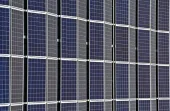


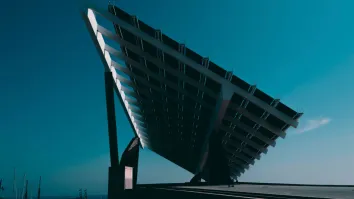
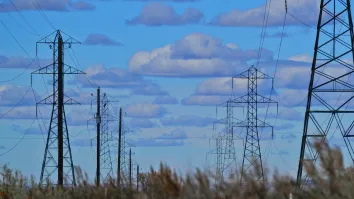
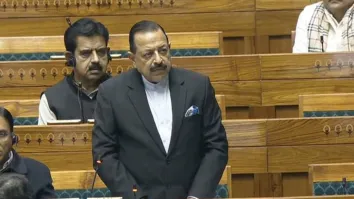













 Advertise
Advertise






